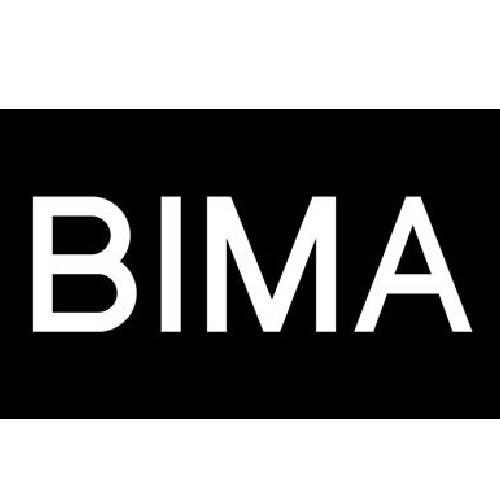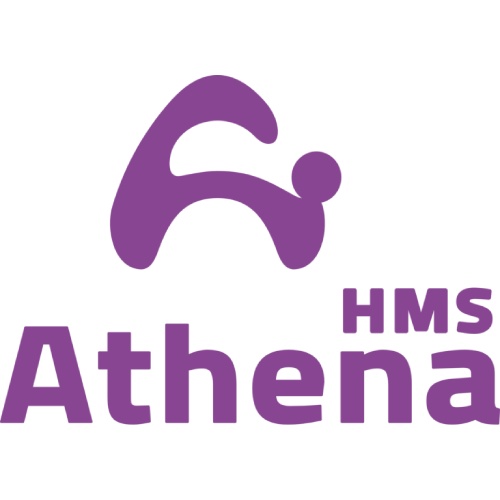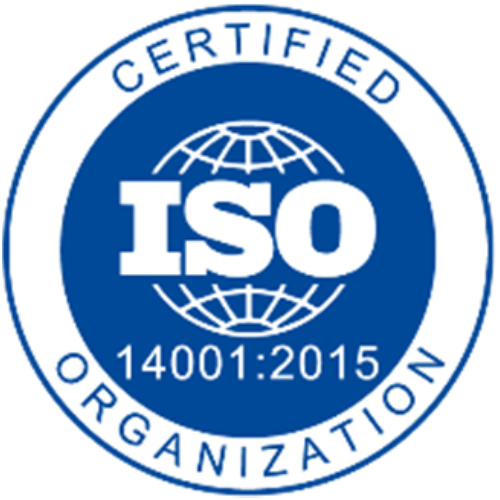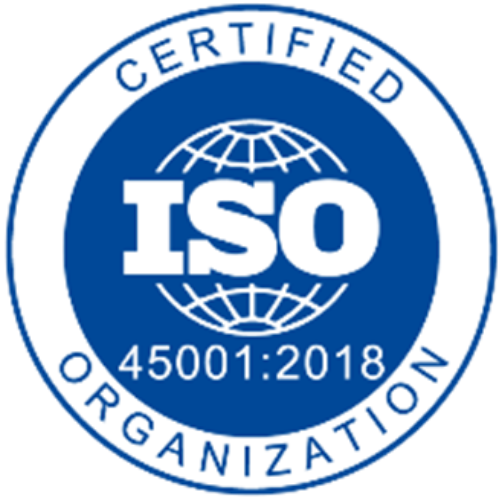Our Services
Risk Management
Construction projects are one of the most dangerous types of work. There is heavy machinery, crews working in potentially dangerous settings, intricate logistics, and risk considerations that need to be managed. How are you going to make your deadline while simultaneously mitigating all of those risks?
The answer lies in the management of building risks. Because it can be mind-bogglingly complex, NS Nordics can make a detailed plan for construction risk management in order to protect yourself and your business. First, let’s go over the fundamentals, such as what a construction project manager is accountable for, the many sorts of risks that are associated with construction projects, and how to successfully deliver a project. NS Nordics provide risk analysis consulting services in Norway for data centers, residential and commercial building, malls, airports, road work, etc.
What Is Construction Risk Management?
The process of identifying and putting into action measures that can lessen the impact of potential dangers in building projects is what we mean when we talk about construction risk management. This process of risk management requires extensive planning in order to build a risk management plan that enables project managers to recognise, monitor, and minimise hazards as they occur.
During the preliminary stages of the planning process for construction, a plan for the management of construction risks is developed. It describes the potential risks that could arise with the project as well as the measures that will be taken to mitigate those risks. This includes appointing a member of the crew to take responsibility for the problem and find a solution to it.


What Are the Types of Risk in Construction Projects?
In general, a risk is anything that could cause the project to go behind schedule or incur additional expenses. On a building site, there are numerous different dangers that could arise. It is vital, in order to develop a better plan for risk management, to be aware of what risks there are and where they will arise, namely:
The Construction Risk Management Process
The process of mitigating risk for a construction project is no different than any other project. The only difference is the type of risks you’re managing in the construction industry. Here are the five steps of the risk management process.

NS Nordics contributes to the successful completion of projects without risk of dispute. Effective risk management leads to the successful execution of the project. Here are a few major advantages of effective risk management:
























